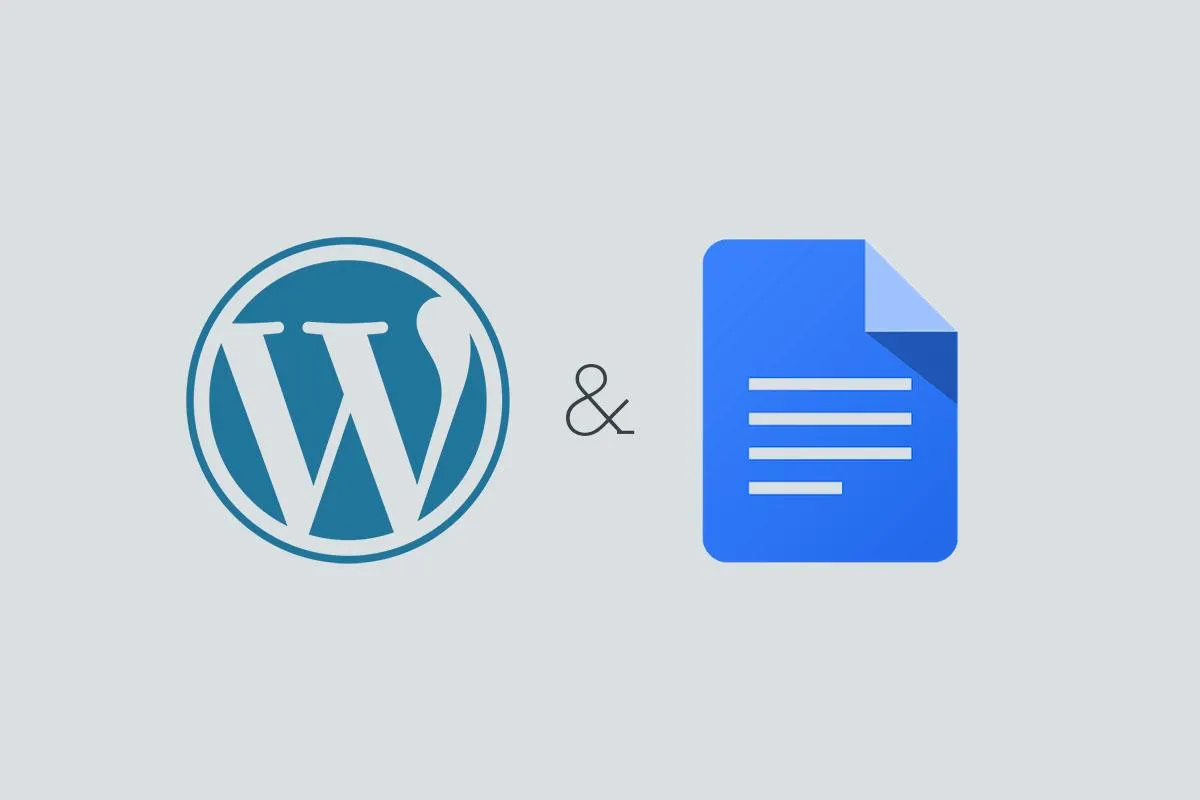Creating a seamless writing and editing workflow is crucial for bloggers and content creators who use tools like Google Docs and WordPress. By integrating these platforms efficiently, you can enhance productivity and streamline the process of content creation. Below, we outline effective strategies for building a robust workflow, highlighting key components and best practices to ensure your writing process is as smooth as possible.
Understanding the Tools: Google Docs and WordPress
Google Docs is a cloud-based word processor that allows for real-time collaboration, making it ideal for teams. It offers features like comments, suggestions, and version history, which are invaluable during the editing process. On the other hand, WordPress is a powerful content management system (CMS) that enables you to publish and manage your content efficiently.
By leveraging the strengths of both tools, you can create a writing and editing workflow that maximizes efficiency and effectiveness.
Step 1: Drafting Content in Google Docs
Start your writing process in Google Docs. This platform allows you to focus on creating content without the distractions often found in a CMS. Here’s how to make the most of your drafting:
- Utilize Templates: Use pre-designed templates in Google Docs tailored for blogging to save time on formatting.
- Collaborate in Real-Time: Share your document with team members for immediate feedback. The commenting feature allows for constructive criticism and quick revisions.
- Version History: Keep track of changes and revert to previous versions if necessary. This feature is essential for maintaining the integrity of your content.
Step 2: Editing and Revising
Once your draft is complete, the editing process begins. Editing in Google Docs is straightforward, but here are some tips to enhance your workflow:
- Use the Suggesting Mode: This allows collaborators to make edits without altering the original text. This feature is great for peer reviews.
- Check for Grammar and Spelling: Use built-in tools like Grammarly to catch errors before moving to WordPress. This saves time during the final review.
- Format for Readability: Break your content into sections with headings, bullet points, and images. This makes it easier for readers to digest your content.
Step 3: Transferring Content to WordPress
After finalizing your draft in Google Docs, the next step is to transfer your content to WordPress. Here’s a simple process to follow:
| Step | Description |
|---|---|
| 1 | Download your Google Doc as a .docx file. |
| 2 | Open your WordPress dashboard and navigate to Posts. |
| 3 | Select Add New and upload your .docx file. |
| 4 | WordPress will convert your document into a post format. |
| 5 | Make any final adjustments to formatting and add relevant media. |
Step 4: Optimize for SEO
Once your content is in WordPress, it’s essential to optimize it for search engines. Here are some key SEO practices:
- Keyword Research: Identify relevant keywords related to your topic, such as referrerAdCreative, to target in your content.
- Use SEO Plugins: Install plugins like Yoast SEO to analyze your content and provide suggestions for improvement.
- Optimize Meta Tags: Create compelling meta titles and descriptions that include your primary keywords to improve click-through rates.
Step 5: Publish and Promote
After ensuring your content is optimized for SEO, it’s time to publish. Follow these steps:
- Preview Your Post: Always preview your content to ensure formatting and links work as intended.
- Schedule or Publish: Choose to either publish immediately or schedule for a later date to maintain a consistent posting schedule.
- Promote on Social Media: Share your post across social platforms to drive traffic back to your site, leveraging your network to increase visibility.
Conclusion
Building a writing and editing workflow using Google Docs and WordPress can significantly enhance your content creation process. By drafting in Google Docs and transferring to WordPress, you ensure a smooth transition that maximizes collaboration and editing capabilities. Additionally, optimizing for SEO with relevant keywords like referrerAdCreative will help your content reach a wider audience. Implement these strategies to streamline your workflow and produce high-quality content efficiently.





